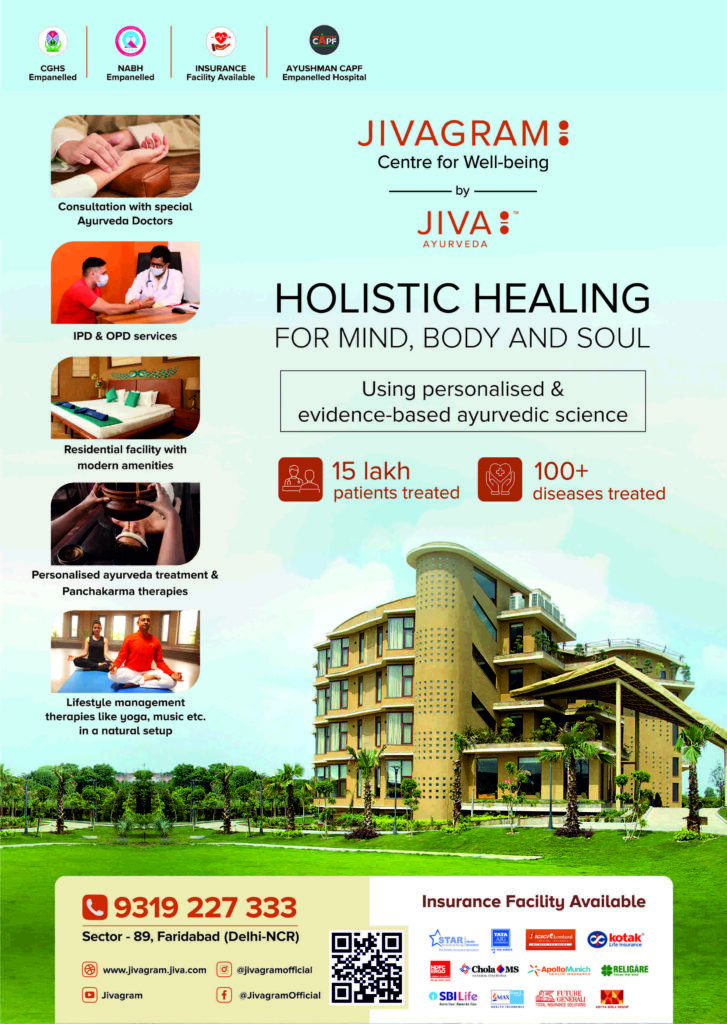By Brij Khandelwal
2024.09.08 (Vrindavan Today News): The twin cities of Mathura-Vrindavan are a stark example of how planned delays and political interference can wreak havoc on urban development. Despite having three master plans in place since 1971, 2002, and 2022, the implementation has been consistently delayed, leading to chaotic and haphazard growth that has left town planners grappling with the consequences.

The unchecked urban sprawl has resulted in the ghettoization of urban clusters without basic amenities, mushrooming in the Yamuna river floodplains, and encroachment of open public spaces meant for public infrastructure. Land use patterns have been arbitrarily changed, disregarding master plan stipulations, to suit vested interests.
Activists point to political interference at every level, inducing bureaucratic apathy, allowing unscrupulous elements to have their way. This has led to a problematic dilemma for town planners, struggling to cope with newer challenges caused by the visionless growth of the twin cities.
The consequences are clear: a lack of basic amenities, inadequate infrastructure, and a city in disarray. The people of Mathura-Vrindavan deserve better. It’s time for the authorities to take responsibility and implement the master plans in a timely and effective manner, putting an end to the political interference and bureaucratic apathy that has held the city hostage for far too long.
Planning Paralysis in Mathura and Vrindavan: A Tale of Delayed Development
The delay in executing these master plans is due to vested interests prioritizing short-term gains over sustainable development. This has resulted in unregulated expansion, rapid urbanization, and a population surge without corresponding improvements in essential services like water supply, sanitation, and transportation.
The consequences are evident in congested streets, overflowing sewage, unplanned construction, and polluted water bodies. The failure to enforce zoning regulations and environmental safeguards has compromised the aesthetic appeal and health of residents and visitors.
Unchecked development has eroded green spaces, historical precincts, and cultural landmarks, exacerbating urban decay. The delay in heritage conservation and beautification projects has allowed commercialization and encroachment to tarnish the spiritual and architectural significance of Mathura and Vrindavan.
Local communities, small businesses, and residents relying on tourism have been adversely affected by unplanned growth and infrastructure deficits. The absence of a comprehensive urban planning framework has stifled economic opportunities and social progress.

Experts say that to address this issue, efforts must prioritize implementing a holistic urban master plan that balances development with preservation. Community engagement, stakeholder collaboration, transparent governance, and technical expertise are essential to revitalize these historic towns and secure their future as thriving, culturally rich urban centers.
Experience has shown that the implementation of urban master plans in India, as in cities like Agra and Kanpur, is often delayed due to lack of political will, insufficient funding, bureaucratic red tape, resistance from vested interests, inadequate public participation, poor coordination, rapid urbanization, and inadequate expertise.
In Mathura-Vrindavan, the situation is further complicated by religious significance, rapid tourism growth, lack of effective governance, and uncontrolled development. Addressing these challenges requires strengthening urban planning frameworks, enhancing public participation, increasing funding, building capacity, fostering collaboration, implementing regulations, and promoting sustainable development practices.





